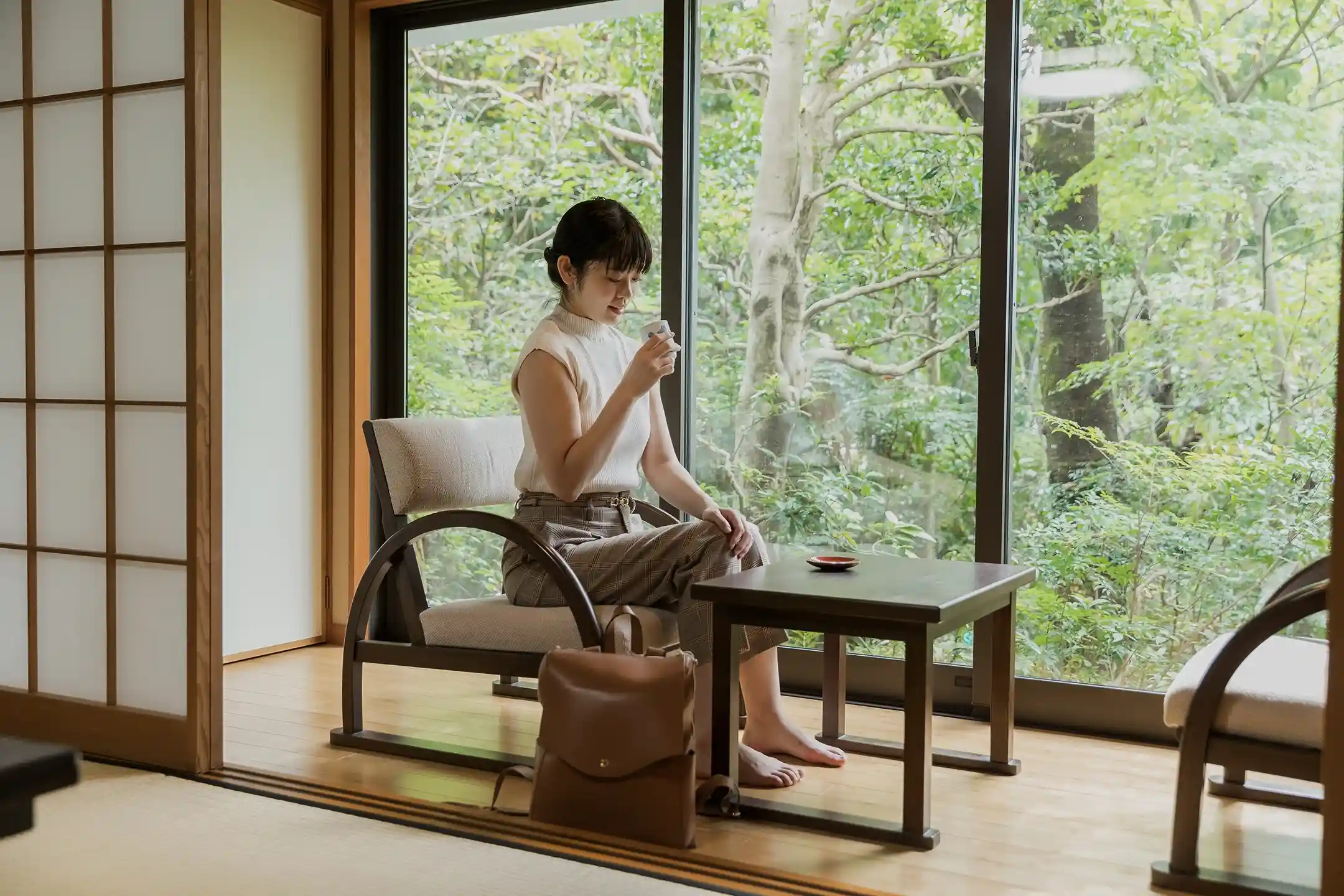The Essence of Japanese Art — From Tradition to Contemporary Expression
If you love art, Japan feels like a treasure chest that keeps opening. You might be surprised to learn that more than 1,000 museums span the country, inviting you to step into many different worlds of culture(*1).
Here, you’ll encounter everything from classical painting, crafts, and the refined aesthetics of the tea ceremony to boundary-pushing contemporary works celebrated worldwide. What makes Japan’s current art scene so compelling is how it blends enduring sensibilities—attunement to nature, restraint, harmony—with cutting-edge techniques to create something unmistakably Japanese(*2).
Think of Yayoi Kusama’s vibrant constellations of polka dots or Takashi Murakami’s playful pop universe—each reimagining Japanese color sense and motifs with fresh, contemporary energy that resonates globally(*2). Experiencing this dialogue between tradition and innovation is one of the great joys of exploring art in Japan.
Nezu Museum (Tokyo) — Tradition Through Gardens and the Tea Ceremony
In Tokyo’s elegant Minami-Aoyama, the Nezu Museum is a serene haven where a superb collection of classical art opens onto a tranquil garden. Built on the collection of industrialist and tea devotee Nezu Kaichirō, the museum houses national treasures—from scroll paintings to exquisite tea utensils. After you linger with the masterpieces, step into the vast garden that mirrors the seasons and lets time slow down.
Across 17,000 square meters, tea houses appear between trees and pathways, carrying the quiet dignity of an old residence. One step into the garden and the city recedes; you can breathe, let stillness settle in, and absorb the spirit of tea(*3).
The museum hosts tea gatherings in its tea houses. Join one, cradle a bowl of matcha, and you’ll connect with Japanese culture not only through sight, but also through taste and scent(*4).
Where many Western museums center on “looking,” Nezu invites you to “savor.” Preparing and enjoying tea becomes an art of its own. Engage all five senses here, and you’ll begin to feel the Japanese values of quiet, balance, and harmony woven through the nation’s idea of beauty.
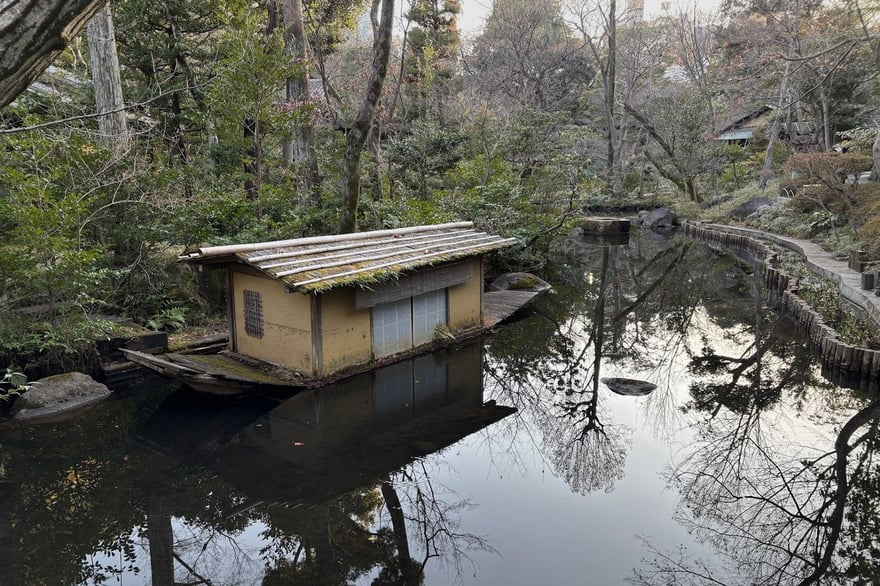
21st Century Museum of Contemporary Art, Kanazawa (Ishikawa) — Globally Acclaimed Art and Architecture
In the historic castle town of Kanazawa, this beloved museum turns contemporary art into something bright, open, and part of everyday life.
Its circular glass building was designed with the concept of “a museum open to the city,” creating luminous spaces that feel seamlessly connected to the outside streets(*5).
A highlight is Leandro Erlich’s interactive Swimming Pool, a playful work that makes you feel as if you’ve stepped underwater. It’s irresistible—proof that contemporary art can be welcoming, surprising, and fun even for first-timers.
Architecturally, the museum is a global icon. Designed by SANAA (Kazuyo Sejima and Ryue Nishizawa), its groundbreaking design won the Golden Lion at the Venice Biennale of Architecture(*6). Watching this futuristic form sit so naturally within Kanazawa’s historic streetscape is a powerful moment—you see tradition and innovation coexist with ease.
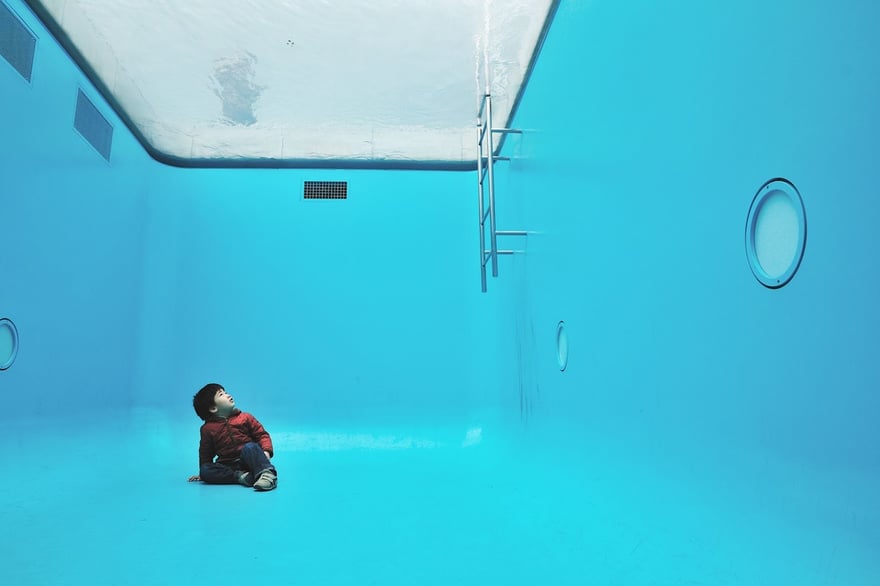
Staying in Museums — A Sophisticated Way to Live With Art
Stepping away from the city and sleeping among art is a quiet luxury that refreshes both body and mind. When you let art become part of your day—morning light on a sculpture, evening shadows across a canvas—you turn a simple hotel stay into something unforgettable. In Japan, you’ll find properties where the museum and the guest experience are seamlessly intertwined, inviting you to live with art, not just look at it.
Benesse House (Naoshima, Kagawa) — A Hotel Where Sea and Art Converge
On the gentle Seto Inland Sea, Naoshima has become a global destination for contemporary art—and at its heart is Benesse House, designed by architect Tadao Ando. Here, the museum and hotel become one, and the island itself feels like a vast open-air gallery.
The buildings—poised on a hillside overlooking the sea—read like sculpted concrete artworks. Installations appear indoors and out, so that as you wander, you’re constantly in conversation with art and landscape. Naoshima was once a quiet island; the Benesse project transformed it into a cultural beacon that now draws visitors from around the world.
What makes a stay extraordinary is time. As a guest, you can explore the museum at different hours and watch works shift with the natural light. A piece you meet at sunrise feels entirely new under the hush of night. Living with art this way is a refined pleasure—gentle sea breeze, soft light, and a sense that creativity is part of your everyday rhythm(*1).

Hoshino Resorts KAI Sengokuhara (Kanagawa) — An Atelier-Style Hot Spring Retreat
At the foot of Hakone, KAI Sengokuhara embraces the idea of an “atelier hot-spring inn.” All 16 rooms have open-air baths, so you can soak while gazing across the Sengokuhara highlands.
Inside, the mood is part gallery, part retreat: paintings and objects by 12 Japanese and international artists appear throughout the spaces, inviting you to slow down and look closely. Beyond viewing, you’re encouraged to create—an atelier-like library offers sketchbooks, pencils, and brushes so you can play, reflect, and express yourself(*2).
Many works come from an artist-in-residence program, so the inn feels alive with ongoing creation. It’s not just an exhibition—it’s a living studio. After a tranquil bath, you might sketch a line or two, capture a color you noticed at dusk, and carry that spark into the rest of your journey.
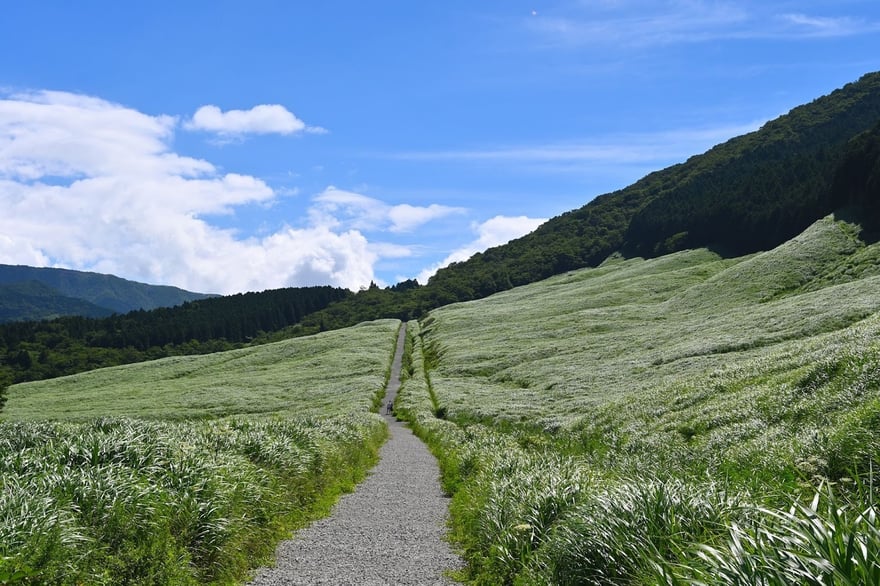
Learning Through Encounters With Artists and Experts
Museums in Japan aren’t only for viewing—they’re places to learn, ask questions, and meet the people behind the work. When you hear from artists and curators, you connect threads of history, intention, and technique. Suddenly, pieces that once felt mysterious start to speak, and your experience becomes richer and more personal.
Mori Art Museum (Tokyo) — Expert Talks With a Skyline View
High above Roppongi, the Mori Art Museum presents cutting-edge exhibitions and a robust lineup of learning programs. Gallery talks by curators, conversations with artists, and thematic seminars help you unpack what you’re seeing and why it matters—making the contemporary art world feel vivid and accessible.
Special lectures connected to major shows let you hear the stories behind the works, so each gallery visit becomes layered and memorable. And because the museum sits atop a skyscraper, you can pair your cultural deep-dive with sweeping views of Tokyo—an inspiring backdrop for any conversation about art(*1).
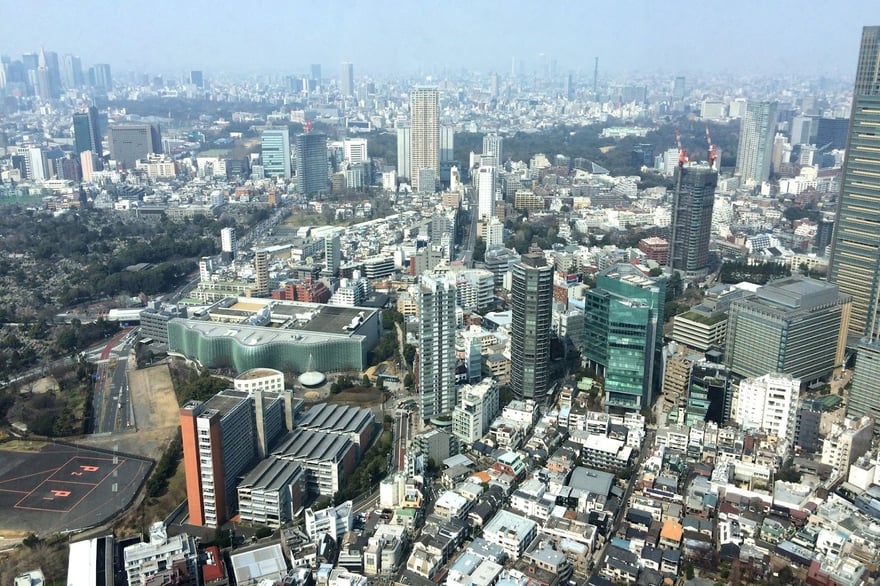
The National Museum of Modern Art, Kyoto — Discovering Modern Japanese Art in a Historic City
In Kyoto, The National Museum of Modern Art, Kyoto presents a broad view of Japan’s modern art, with a special focus on Kyoto and western Japan. You’ll find superb examples of ceramics, textiles, and lacquer alongside painting, sculpture, and photography—an integrated approach that reflects how Japan values craft as fine art.
For many Western visitors, this equal footing can be eye-opening. Standing before a masterwork of ceramic or woven silk, you begin to sense how everyday life and artistry have long intertwined here. It’s a chance to expand how you think about “art” itself, in the very city where tradition and modernity continuously meet(*2).
Art and Environment in Harmony — Sustainable Museum Experiences
If sustainability guides your travels, you’ll find Japanese museums that honor their surroundings as thoughtfully as they curate their collections. Many sit within forests, parks, or walkable districts, designed to blend into the landscape and welcome natural light. When you view art in places like these, the experience deepens—you’re not only seeing artworks, you’re feeling how nature and culture converse.
Towada Art Center (Aomori) — An Open-Air Citywide Art Experience
Since 2008, Towada Art Center has extended the museum beyond its walls and into the city itself. Large-scale outdoor works line the main street, turning a stroll into an open-air exhibition. In spring you’ll see art against cherry blossoms; in summer, a wash of green; in winter, soft snow.
Inside, generous glass brings daylight into the galleries, so the boundary between townscape and art stays porous. Here, you don’t just “visit” a museum—you experience how a place and its people grow around creativity. It’s a living conversation between land, community, and art(*1).
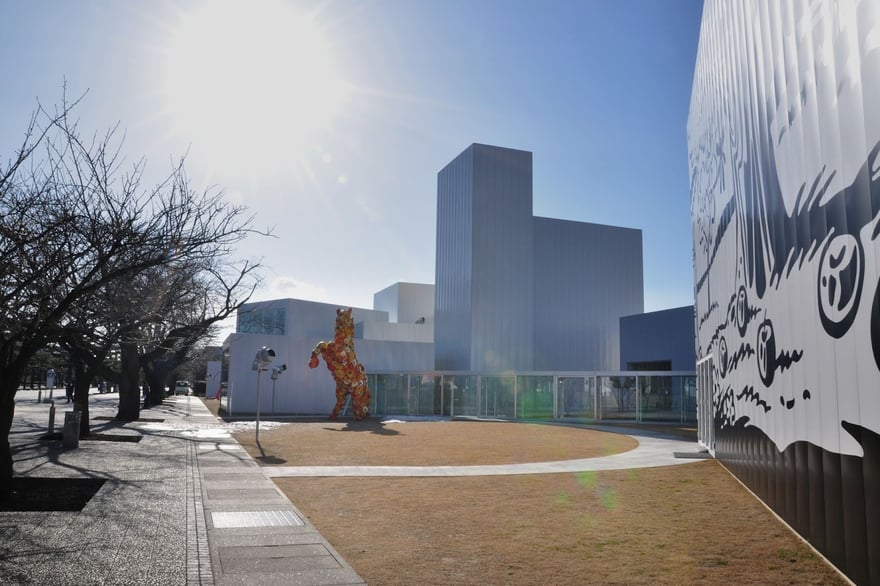
Pola Museum of Art (Hakone) — A Museum That Merges With the Forest
In Hakone’s national park, the Pola Museum of Art was designed to sit lightly within the forest. The building’s height remains lower than the surrounding trees, and much of the structure rests below ground, so the museum seems to disappear into the landscape.
Inside, large windows invite dappled light and seasonal greenery, softening the line between gallery and woods. Clever daylighting allows artworks to shift subtly with the sky, so your viewing changes hour by hour. After the galleries, follow the forest trail outside—birdsong, the scent of cedar, and filtered light make the landscape feel like a work of art in its own right(*2).
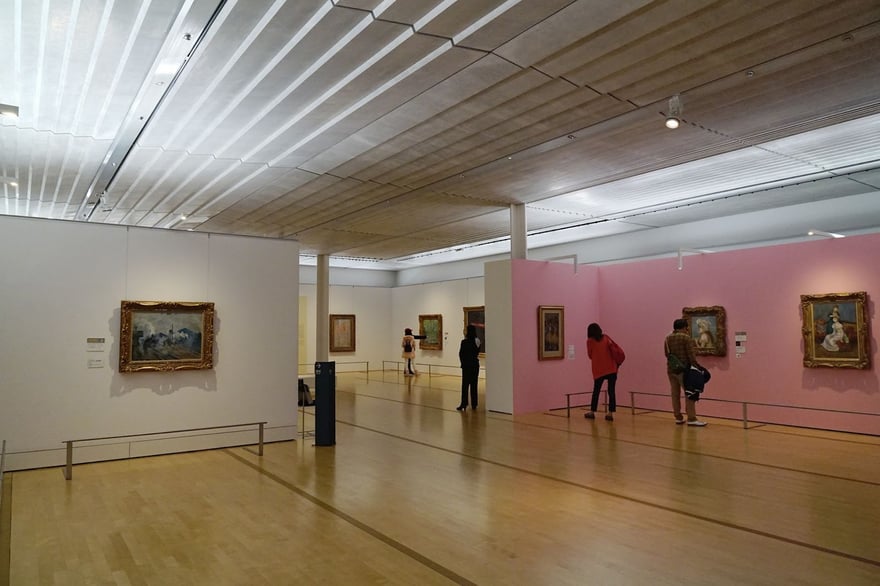
Conclusion
Museum-hopping in Japan isn’t just about viewing masterpieces; it’s about widening your perspective through experiences you’ll carry long after the trip ends. One day you may sit quietly in a tea house and feel tradition unfold; the next, a contemporary installation shifts how you see the world. You might spend the night with favorite works, learn from an artist or curator, then step into a forest where architecture and nature breathe together.
Each of these encounters is a gem for your curiosity—moments that make you say, “I never knew,” or “I’m so glad I saw this.” When you weave them together, you create a journey that is both deeply cultural and wonderfully personal—one that invites you not just to look at art, but to live with it.
Author Bio

Maoko Shibuya
Content Planner & Writer Holding a master’s in Digital Marketing and experience across global markets, Maoko blends international perspective with a deep appreciation for Japan’s cultural heritage. She plans and writes compelling narratives that reveal the country’s beauty and depth, drawing on her passion for travel, local cuisine, and cultural exploration.


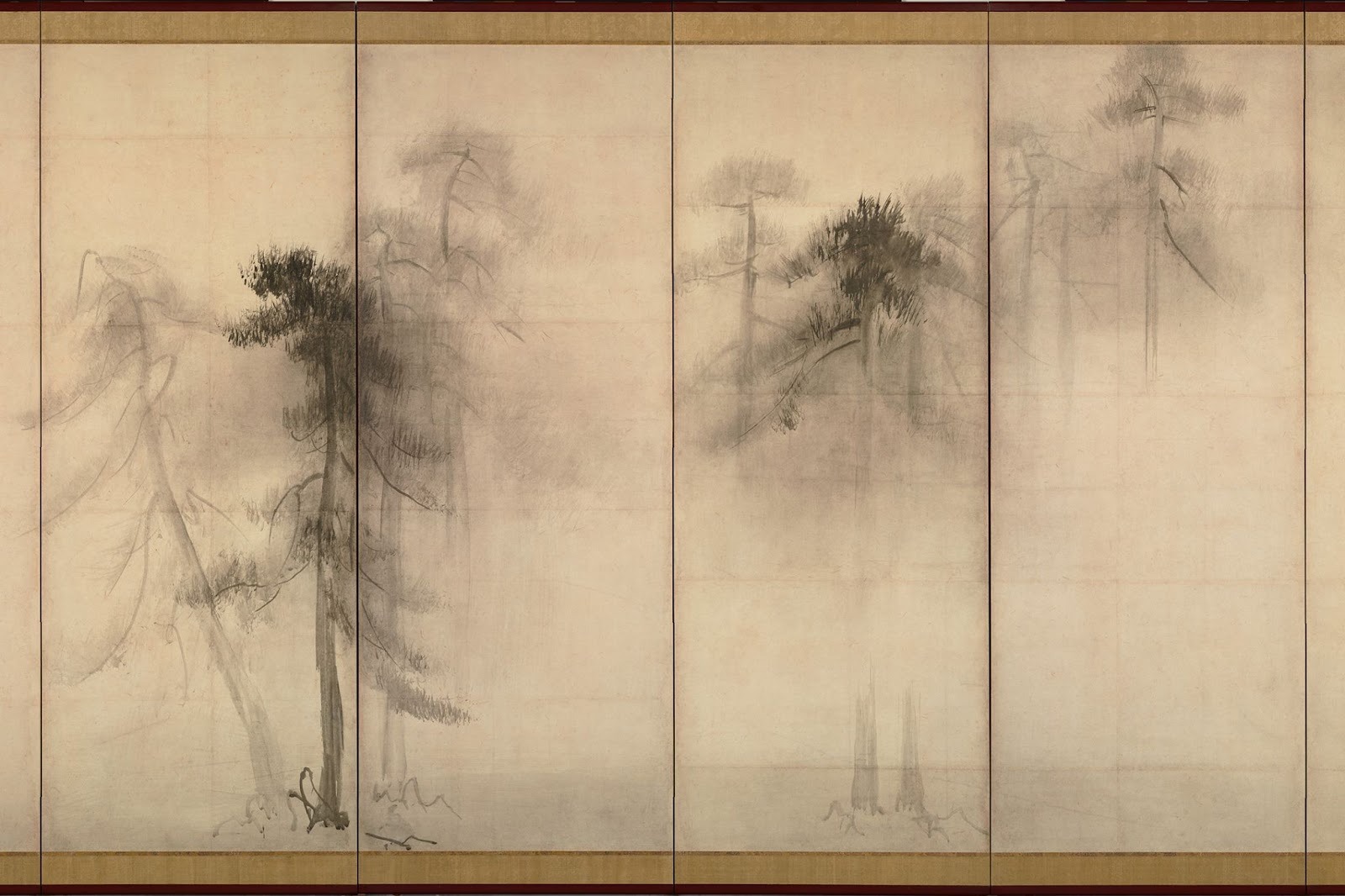
.webp)

